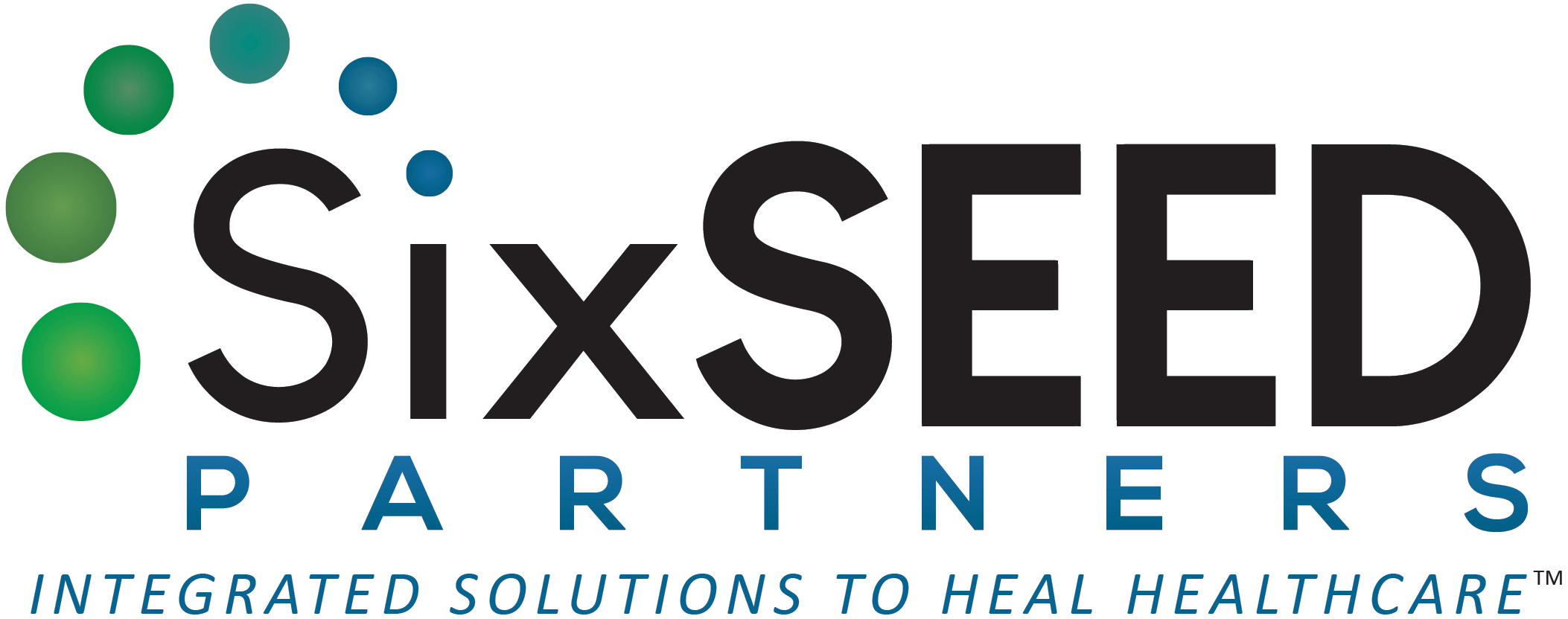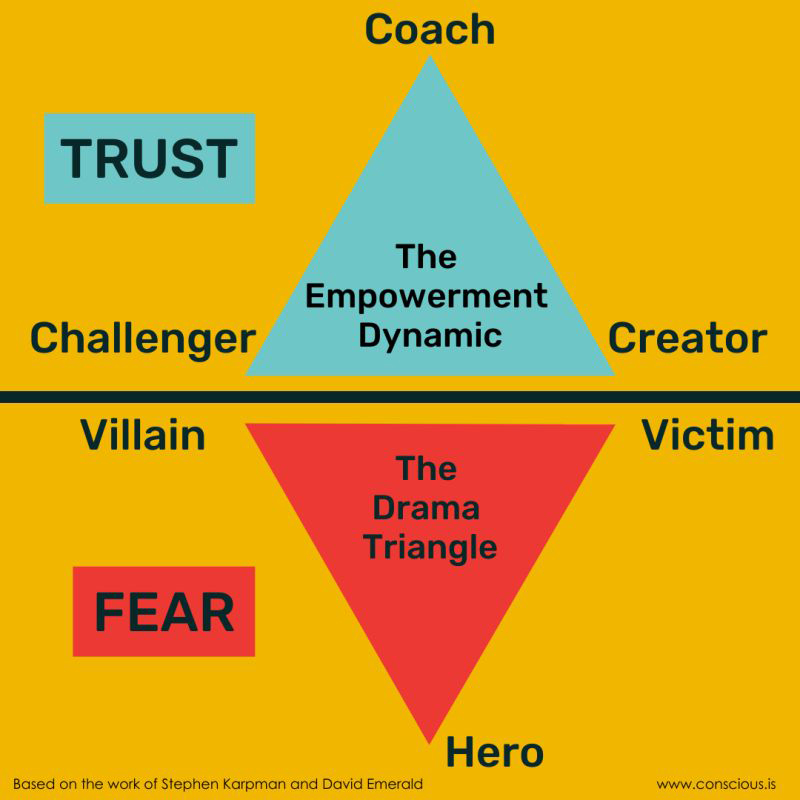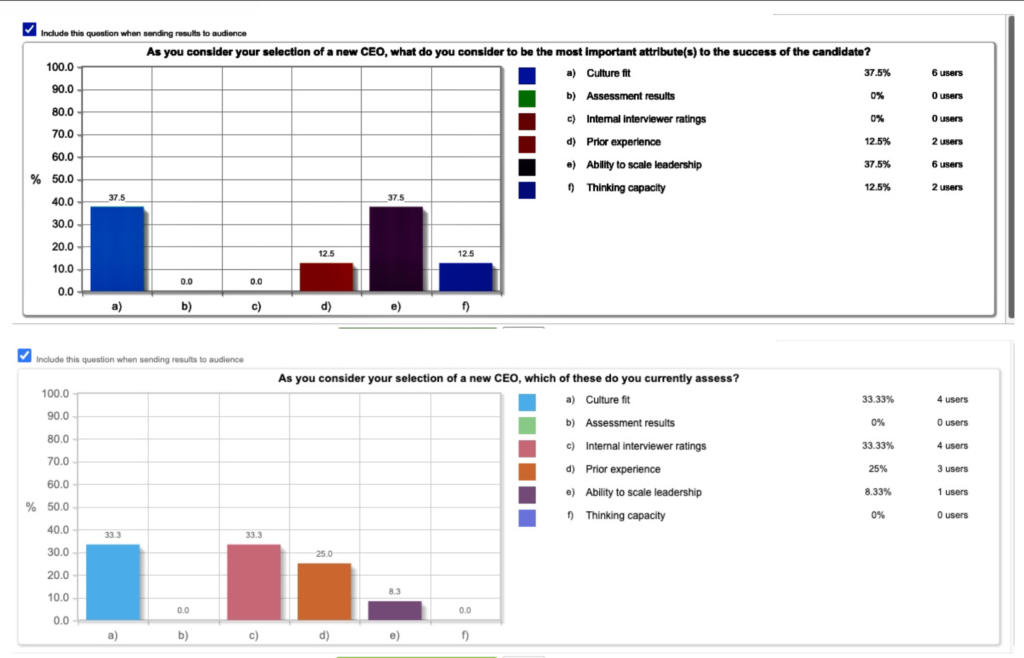Integrating Professional AND Personal: We bring our WHOLE selves to the workplace
By: Joy W. Goldman RN, MS PCC: CEO SixSEED Partners
Background:
As I prepare to spend more time in Europe and will be intentionally planning self- nourishing time in the morning and work in the afternoon, integrating personal and professional needs, I am becoming ever more aware of our false separation of “professional domains” and “personal domains.” For example, the inspiration for this post came from a song that a dear friend sent to me in honor of our friendship. “All That You Are” by Fia Forsström is filled with both/and references. See the excerpt posted below:
All That You Are: Fia Forsström.
“I am a sinner, I am a saint
This I have embraced
Enjoying every aspect of life
Perfection is dull
And unattainable
Leaving me craving what is real
We came to this earth
To experience it all
The messy and the beautiful
Show me that you are human
I will kiss your scars
Celebrating everything, all that you are”
This post offers an invitation for us to bring ALL of us to the workplace.
Stragtegy:
These headings are following our typical “marketing/ LinkedIn format” and, again, I’m noticing the pull to stay within the boundaries of some pre-defined box. NOT! What impact would it have if we brought music, all emotions, different cultural celebrations, and color into the workplace? In coaching, we often observe our clients for how they are getting in their own way. Might we get out of our own way, and allow ourselves to model and embrace “all that we are:” our messiness and our beauty? This takes conscious effort, first—to give yourself permission to bring your whole self to work, and then to notice, and invite others to do the same.
The Solution:
SixSEED Partners has integrated music and theater in our facilitations. The usual reaction is initially one of skepticism, and then something magical happens. Within minutes, people’s monkey brains relax and their hearts and spirits emerge. Yes, there are, at times, tears: that happens when we open our hearts and are vulnerable. And that is often what it takes for the “real work” to happen.
The Impact:
Back to the title of this blog: Can Meta and LinkedIn coexist? Can we bring music and heart to our professional spaces and bring thought leadership to our heart-filled spaces? I think we can, and we must. I am keeping this blog brief so you will have time to listen to “All That You Are” and then share that with one other person.
We’d love to hear about it if you do: info@sixseedpartners.com.




